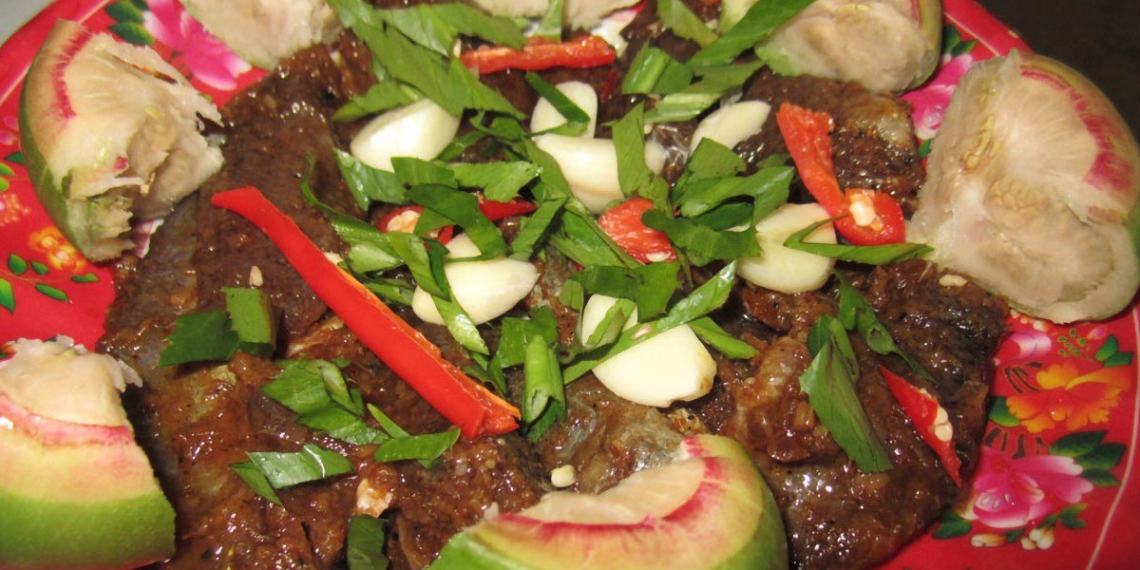-
Preparation
1 hour
-
Processing
2 hours
-
Difficulty
Medium
Tilapia fish sauce is a rustic dish that is extremely familiar to the Vietnamese people. Tilapia fish sauce with its rich and distinctive flavor is very suitable when served with various vegetables or green bananas during family meals. Let’s note down some tips to make and preserve tilapia fish sauce correctly. Let’s cook together!
Ingredients for Tilapia Fish Sauce Serves 4 people
Tilapia 3 kg Roasted rice 400 gr Pineapple 1 fruit Common spices a little (salt/ sugar/ MSG)
How to choose fresh ingredients
How to choose fresh tilapia
- For tilapia used for making fish sauce, you should choose fish that are not too big because if the fish is too large, the bones will be hard, making it difficult to make fish sauce.
- You should choose fish with shiny, tightly adhering scales, clean gills, and not too dark in color.
- Additionally, the tilapia must have a characteristic fishy smell; if there is no fishy smell, the fish has been preserved with additives and should not be used for making fish sauce.
How to choose fresh pineapple
- Color: you should choose fruits that have a bright yellow color from the crown to the tail, there may be a few eyes that are slightly green, but it still has a certain sweetness.
- Shape: Round, short pineapples will have more flesh than long-shaped ones.
- Pineapple eyes: Choose fruits with large, sparse eyes as this indicates the pineapple is mature and ripened naturally, not chemically treated.
- Smell: you can try smelling the end of the fruit; if it has a fragrant smell, you should buy it. Additionally, avoid choosing fruits with a slightly sour, fermented smell, as they are overripe.
- Top of the pineapple: The greener the crown, the fresher it is. Overripe fruits will have a dry or brownish crown.
- Touch: Fresh and good pineapples will not be too hard or too soft; when you press your finger into it, there should be no indentation.

Tools needed
How to Make Fermented Tilapia
-
Prepare the Tilapia
When you buy tilapia, clean off all the scales around the fish, then slit the belly of the fish to scrape off the black membrane and remove the internal organs from inside the belly.
Soak the fish in diluted saltwater for about 1 hour, then rinse it with clean water to remove any impurities and let it drain.
Use a knife to score the fish horizontally so that it can absorb the seasoning.
Note: When soaking the fish in diluted saltwater, based on folk experience, add a few grains of cold rice to the diluted saltwater to test the salt concentration; if the rice grains float on the surface, it’s good.
-
Prepare the Other Ingredients
For the pineapple, when you buy it, cut off the top part and peel the skin around it, then use a knife to cut off the eyes of the pineapple.
Divide the pineapple into 2 equal parts; one part you slice thinly with a thickness of about 1 – 2 finger widths, the other part set aside in a bowl.
Use 400g of roasted rice flour to make the seasoning for the fish.
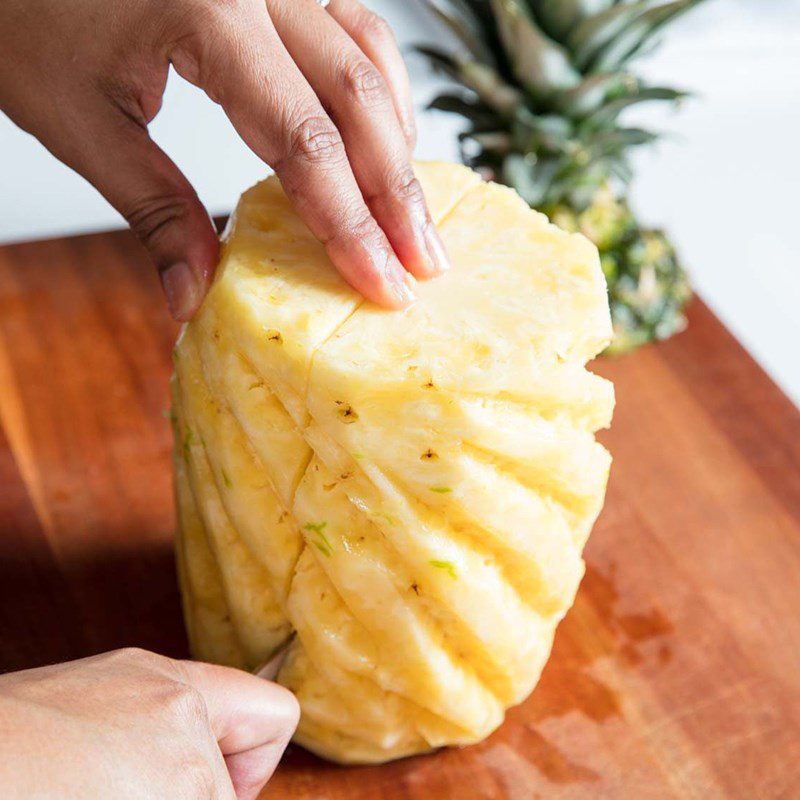
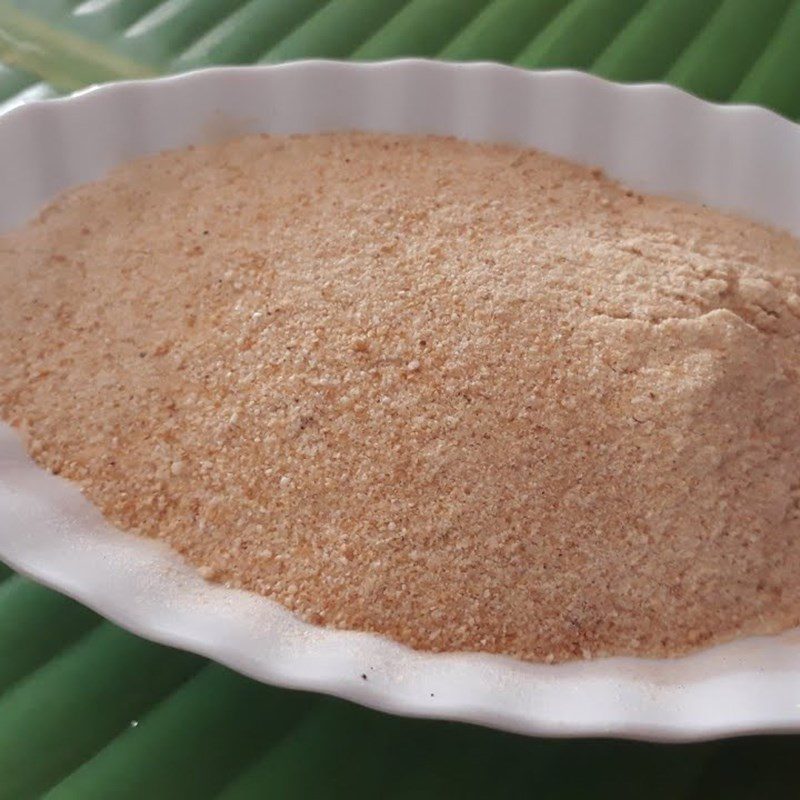
-
Arrange the fish in the jar for the first time
Before putting the fish into the jar, mix the fish at a ratio of 3kg of fish to 1kg of salt, gently massage and evenly rub the salt onto the fish until the fish absorbs the seasoning.
Proceed to arrange the fish in the jar in the order of 1 layer of fish followed by a thin layer of salt and then a layer of sliced pineapple. Repeat the process until all the fish is used up.
When arranging the fish in the jar, you should pack the fish tightly to remove excess air; if there is still space left in the jar after all the fish has been placed inside, put a bag of water or a heavy object like wooden sticks with a cloth on top to minimize air exposure.
Seal the jar tightly and then take it to ferment.
Tip- The jar for storing fish should be cleaned, rinsed several times, and turned upside down to drain. However, it is best to blanch the jar in boiling water to sterilize it and place the jar in a cool, clean place to dry quickly.
- Especially, do not use plastic jars as they may contain toxins such as ABS, PVC, PHSI,… If the mouth of the ceramic jar is still left, use a water-filled bag tightly tied at the mouth and place it on top to prevent air from coming into contact with the fish.
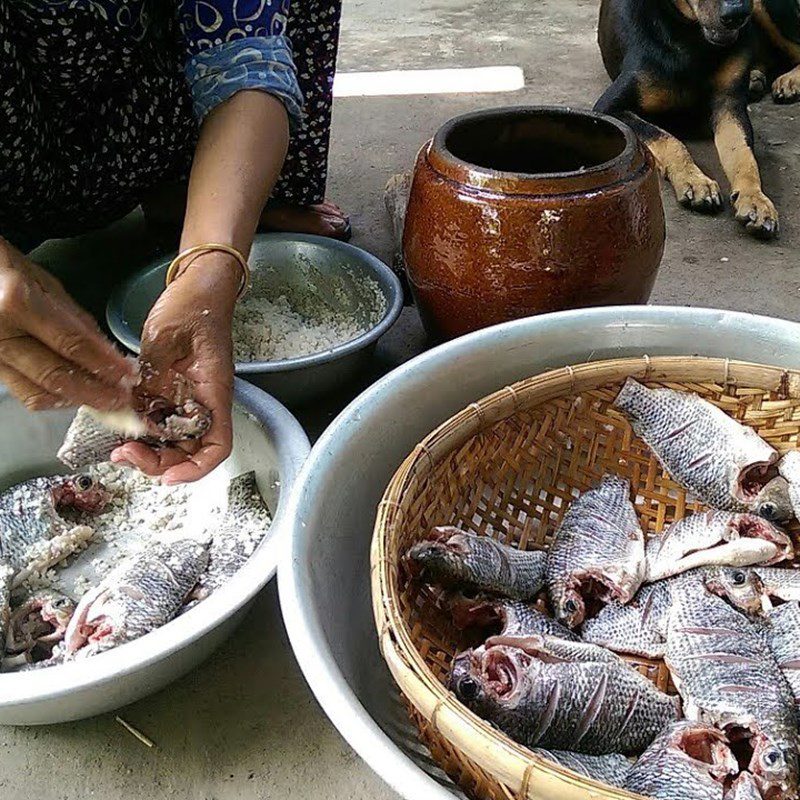
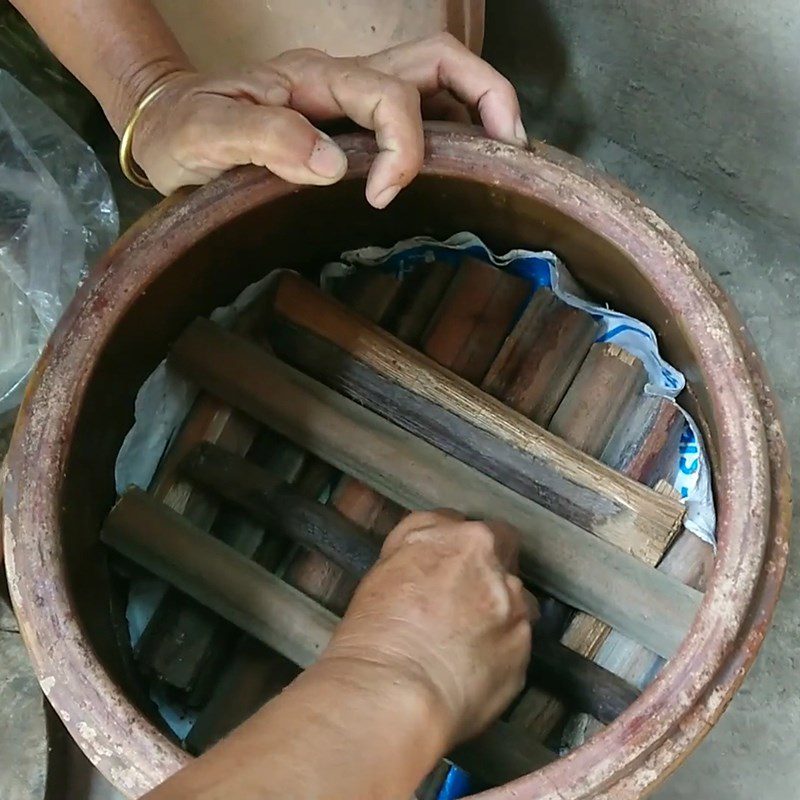
-
Ferment the fish
When fermenting the fish, you should find a dry, cool place and avoid direct sunlight to preserve the jar.
After 48 hours, open the lid and use chopsticks to stir several times to evenly distribute the salt.
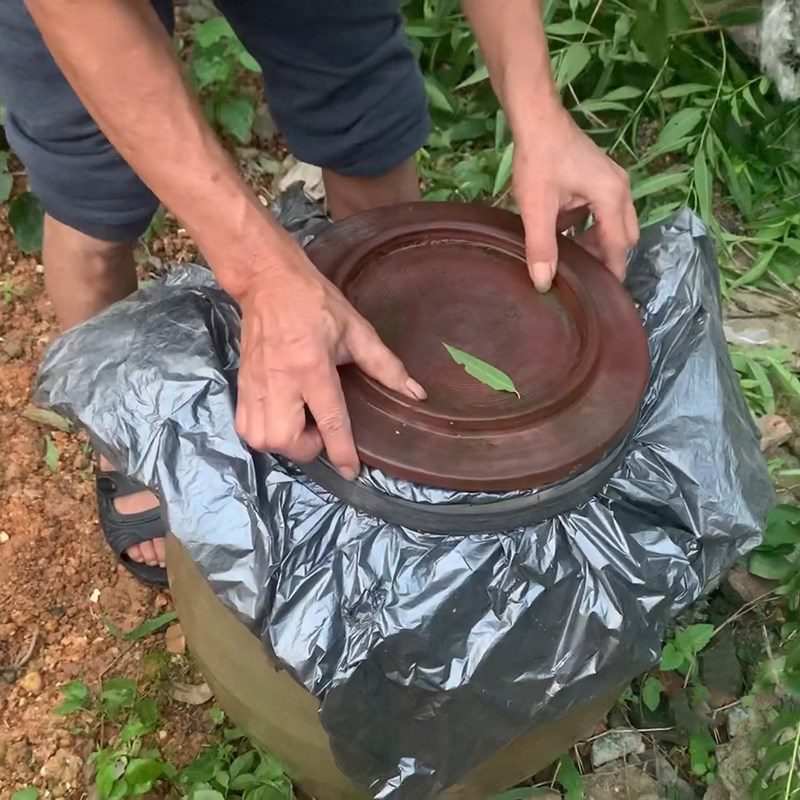
-
Take the fish out
After about 7 to 10 days of fermenting the fish, check if the fish has hardened, then proceed to take the fish out and let it drain, wash the jar clean and dry it.
Note: When taking the fish out, let the fish dry naturally, do not rinse the fish again as it will spoil the fish sauce.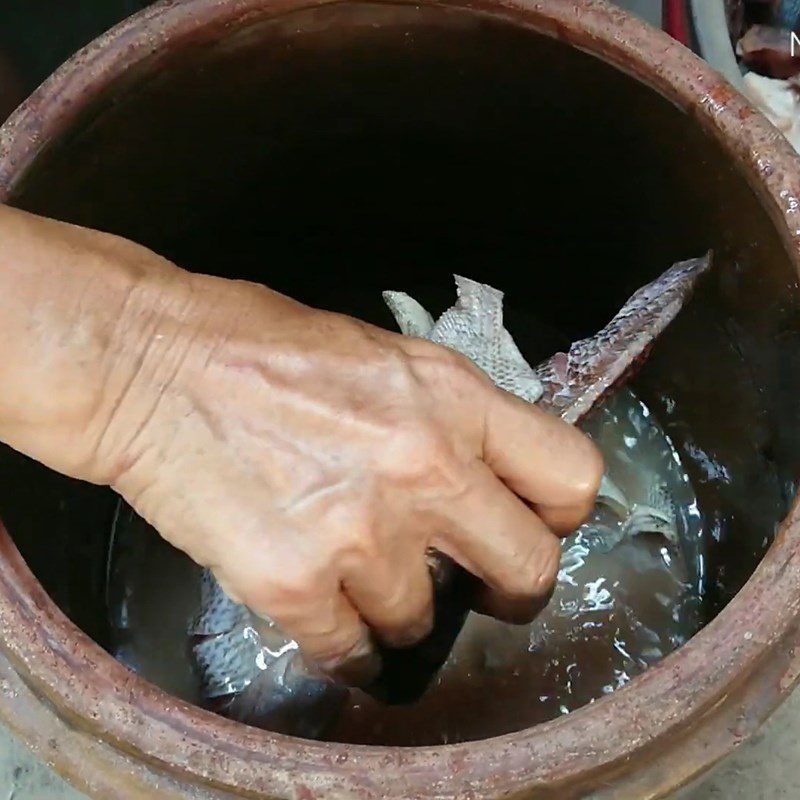
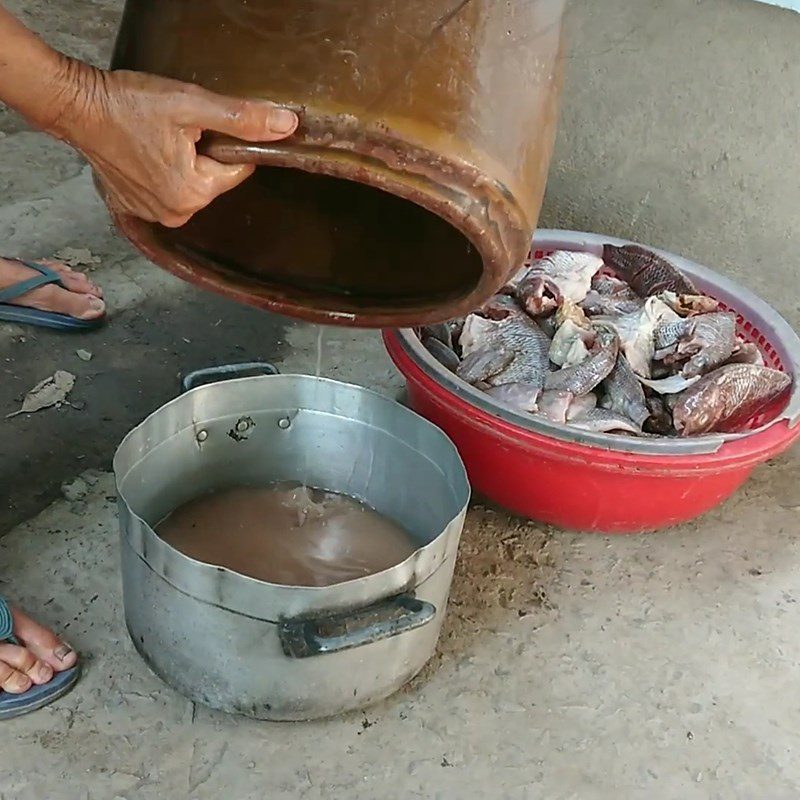
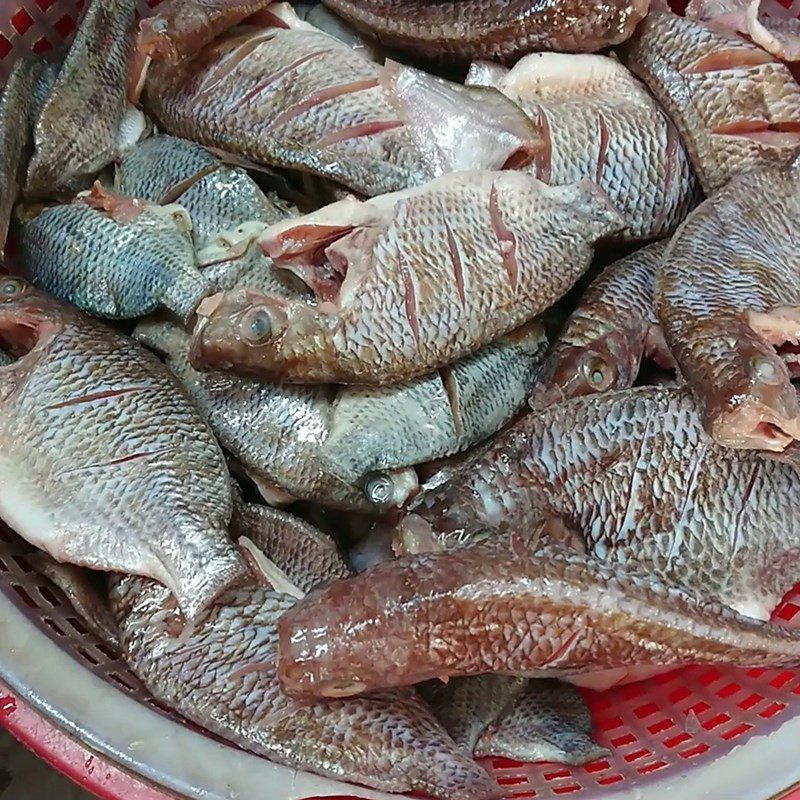
-
Feed the fish with rice bran
Next, you mix the fish evenly with the prepared rice bran and place it in the jar gradually until all the fish is used up.
Continue to use several sticks to press down the fish to remove the air inside, then close the jar for 30 days.
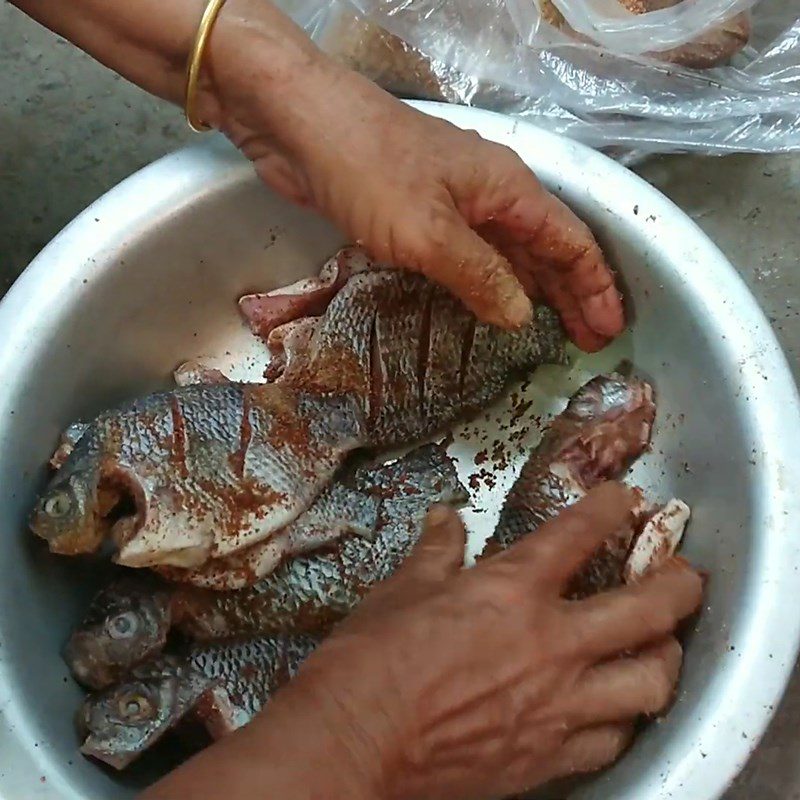


-
Completion
After 30 days, you open the lid and pour out the liquid, then continue to cover it for another 30 days. At this point, the fish bones will no longer be there as they have softened.
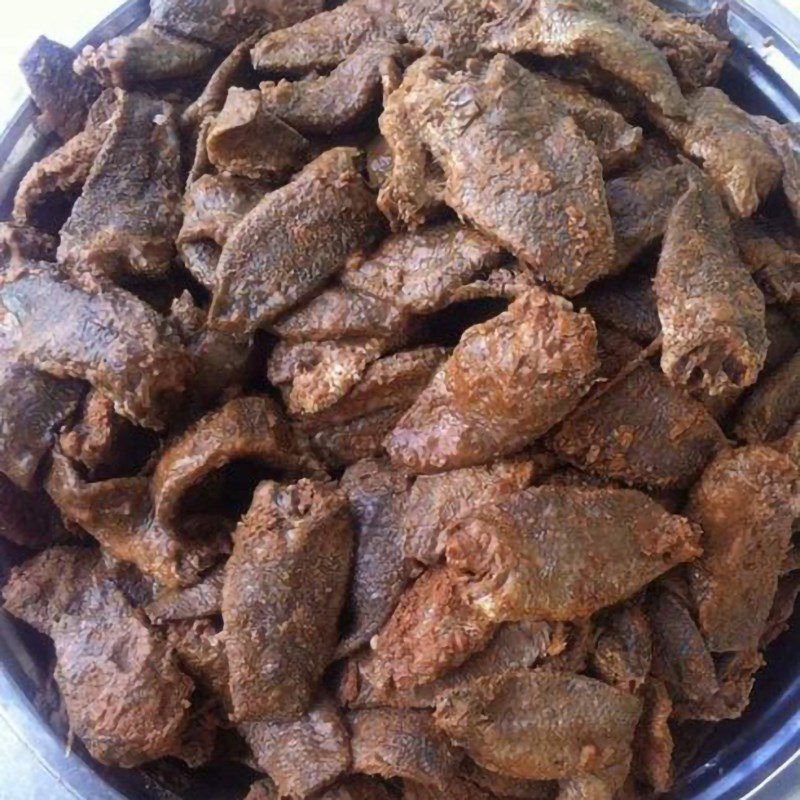
-
Final Product
Tilapia fish sauce when completed will have a reddish-brown color, with firm, sweet, and fragrant fish meat that is particularly suitable for eating with rice, herbs, or sour bananas and starfruit.
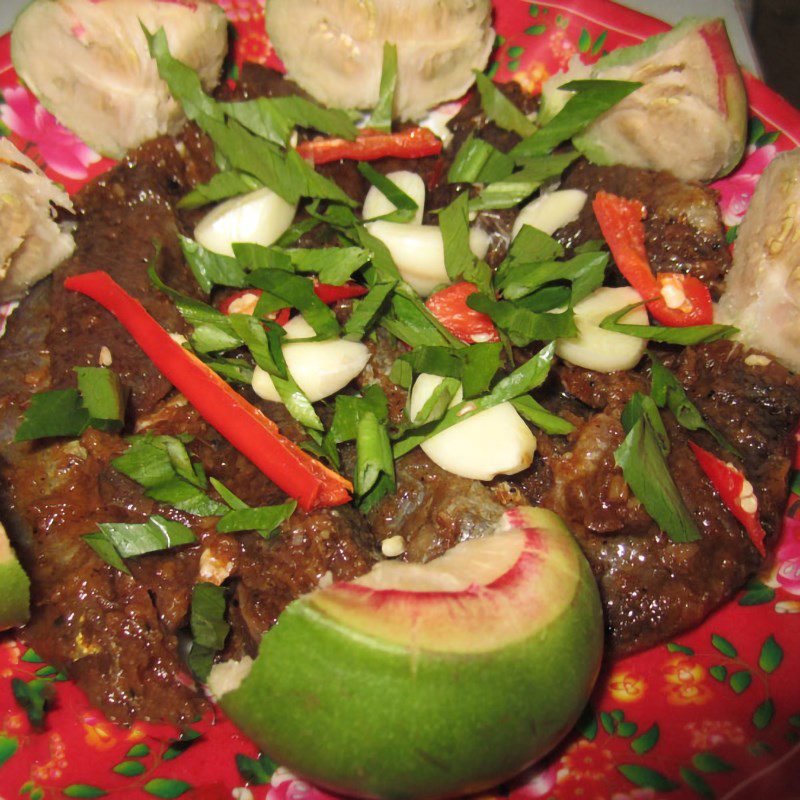
How to Store Tilapia Fish Sauce
Finished tilapia fish sauce should be kept in a sealed jar, stored in a cool, dry place, away from direct sunlight, and can be preserved for 6 to 10 months.
Alternatively, divide the fish sauce into small glass jars, seal them tightly, and store them in the refrigerator, which can keep them for 6 to 12 months.
When using, use a clean spoon or chopsticks, dry them off to take the fish sauce out quickly, then seal it tightly again to prevent spoilage.
See more:
Above is a detailed guide on the delicious and flavorful mắm cá rô phi, which is extremely suitable for family meals. With this simple recipe, TasteVN hopes to bring you a new and exciting dish. Wishing you wonderful meals prepared by yourself!
*Refer to images and recipes from the YouTube channel diary Western.
